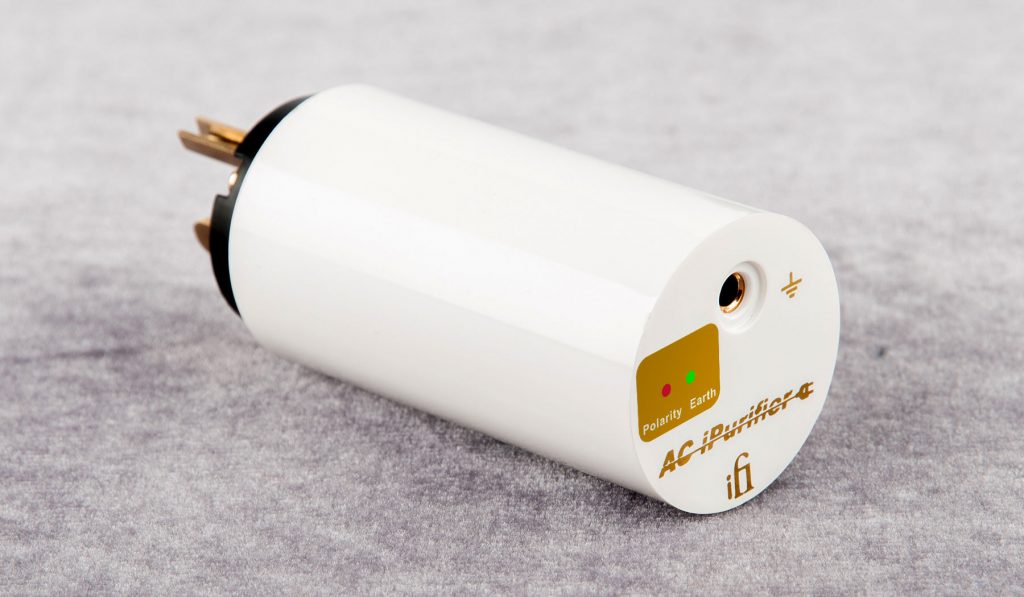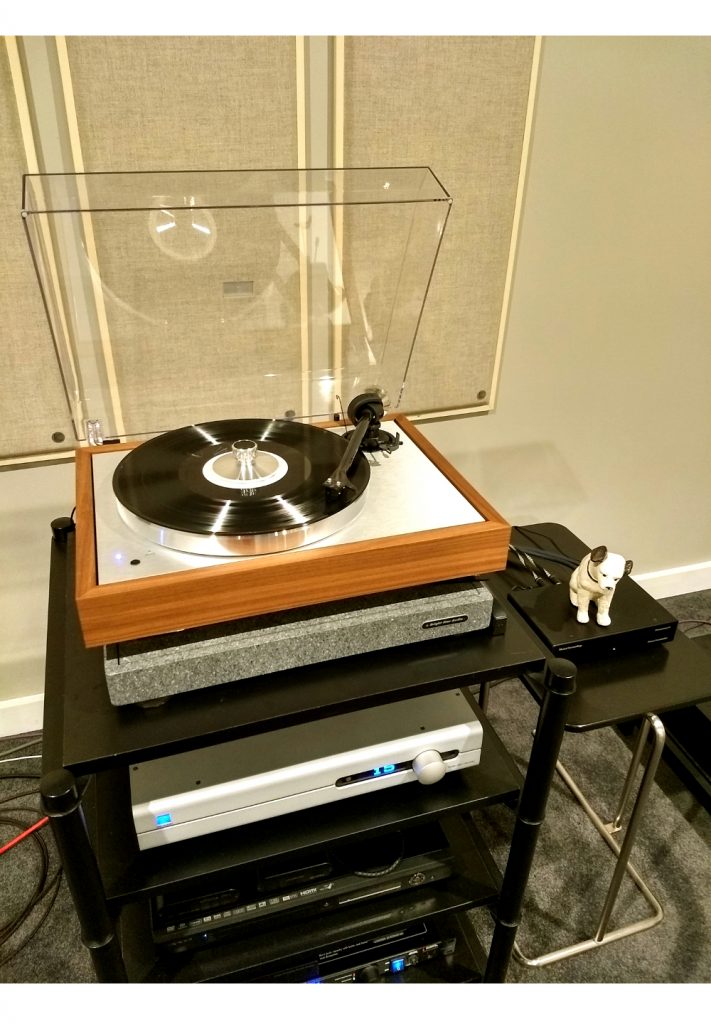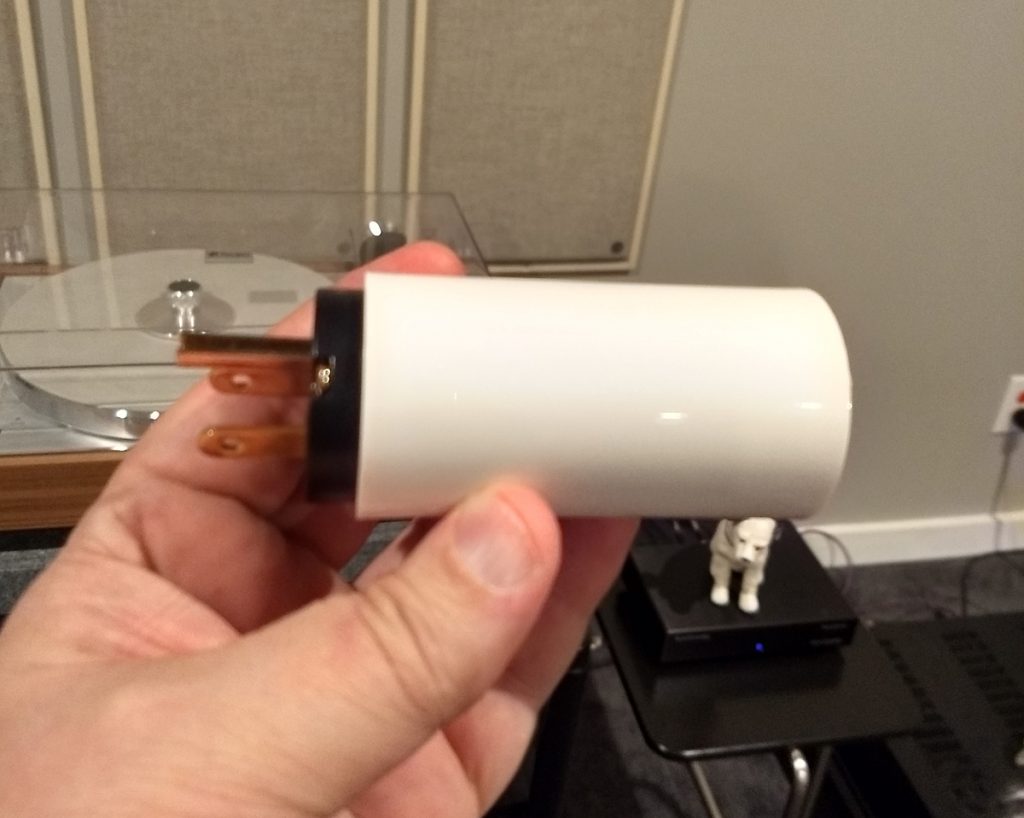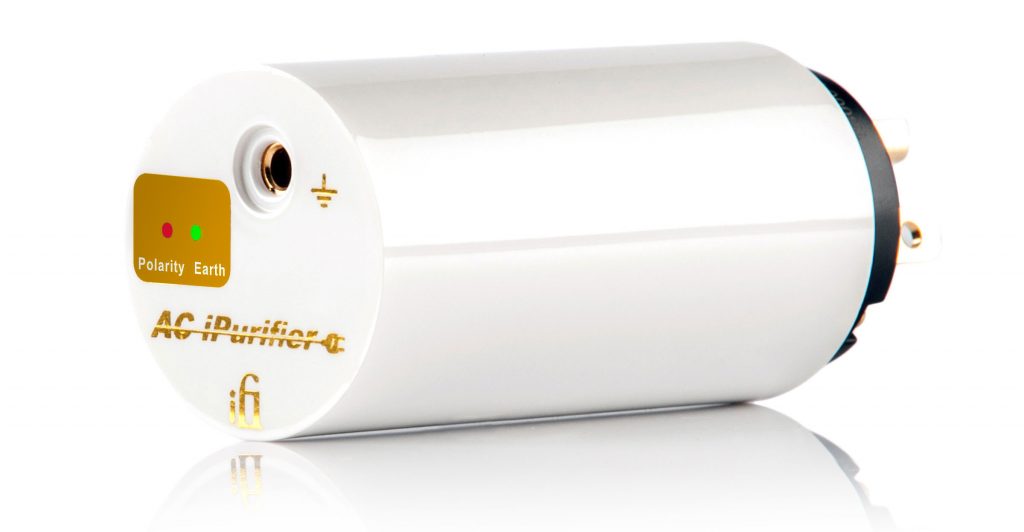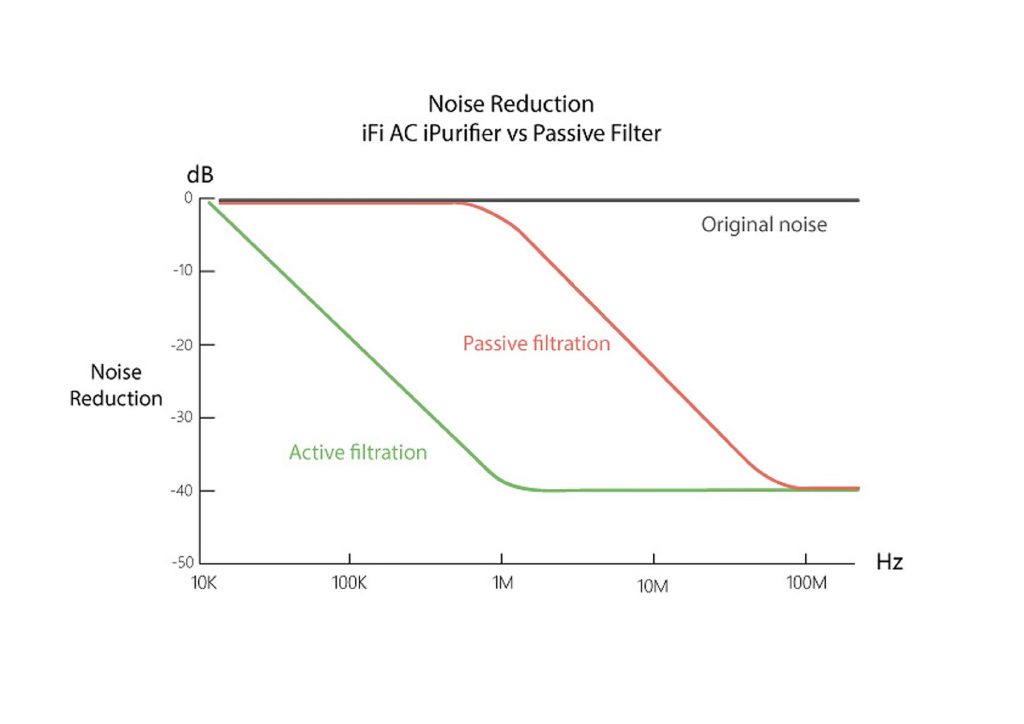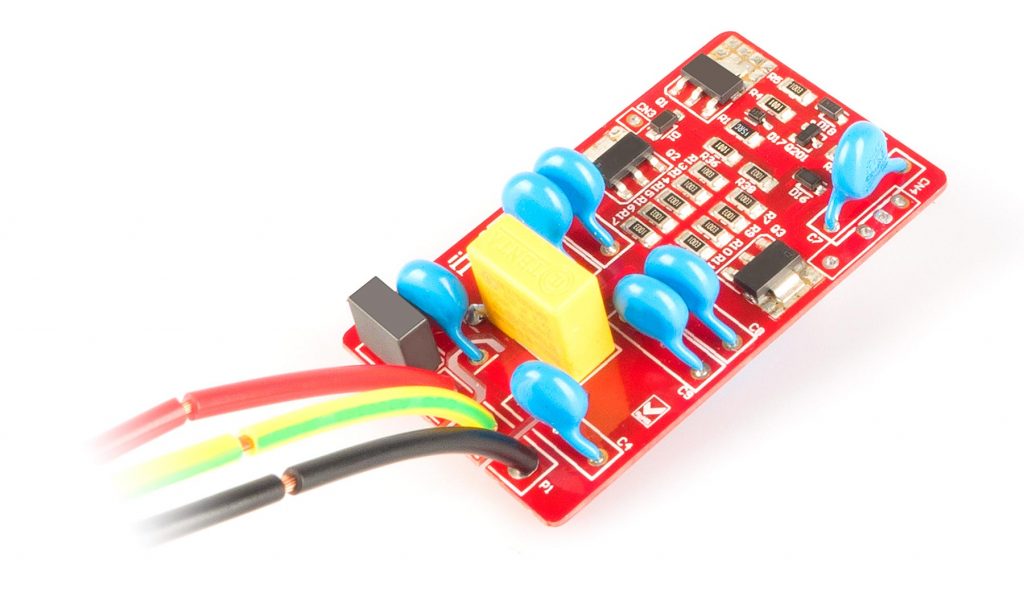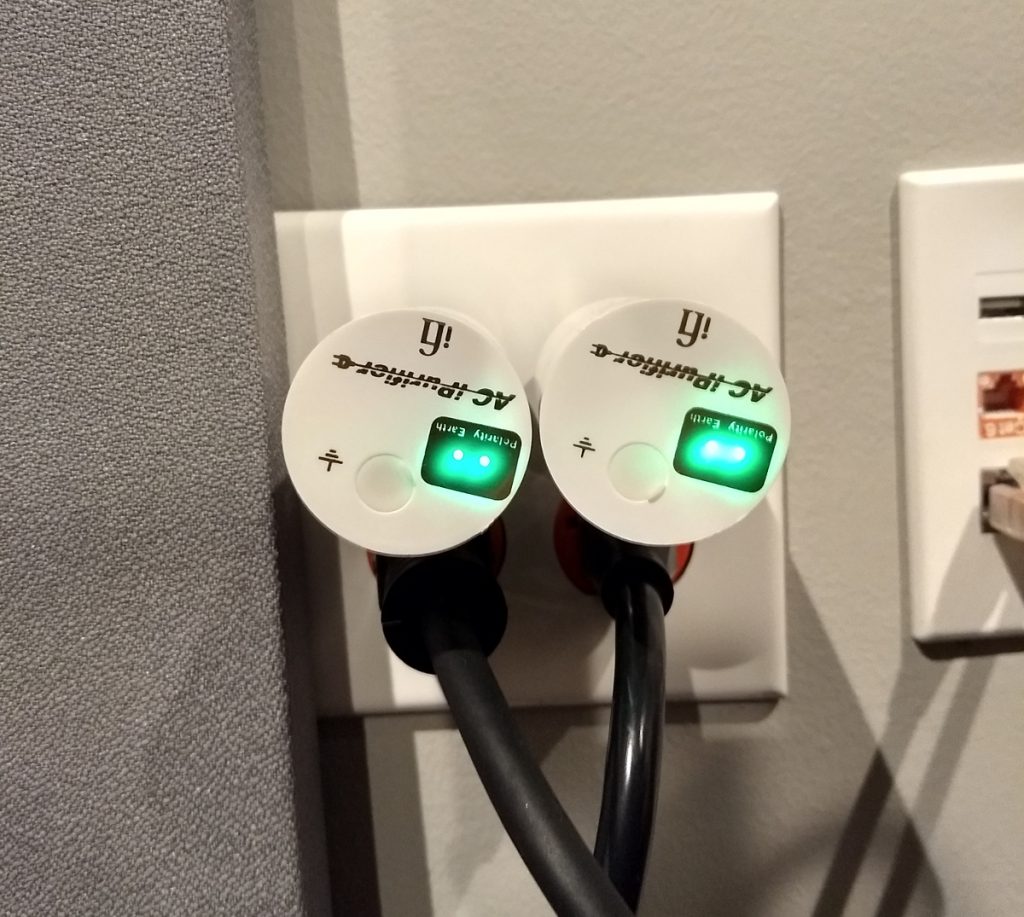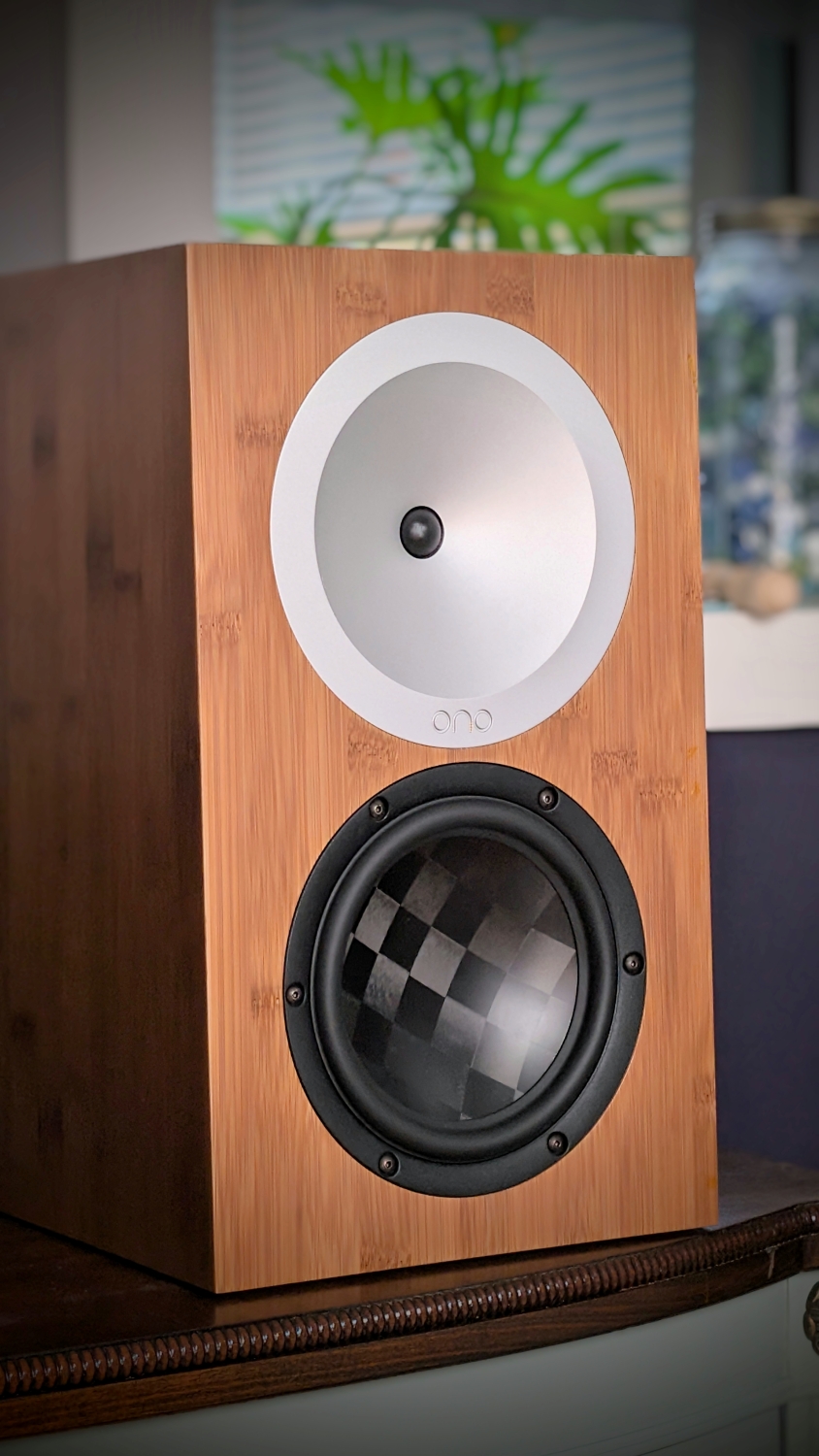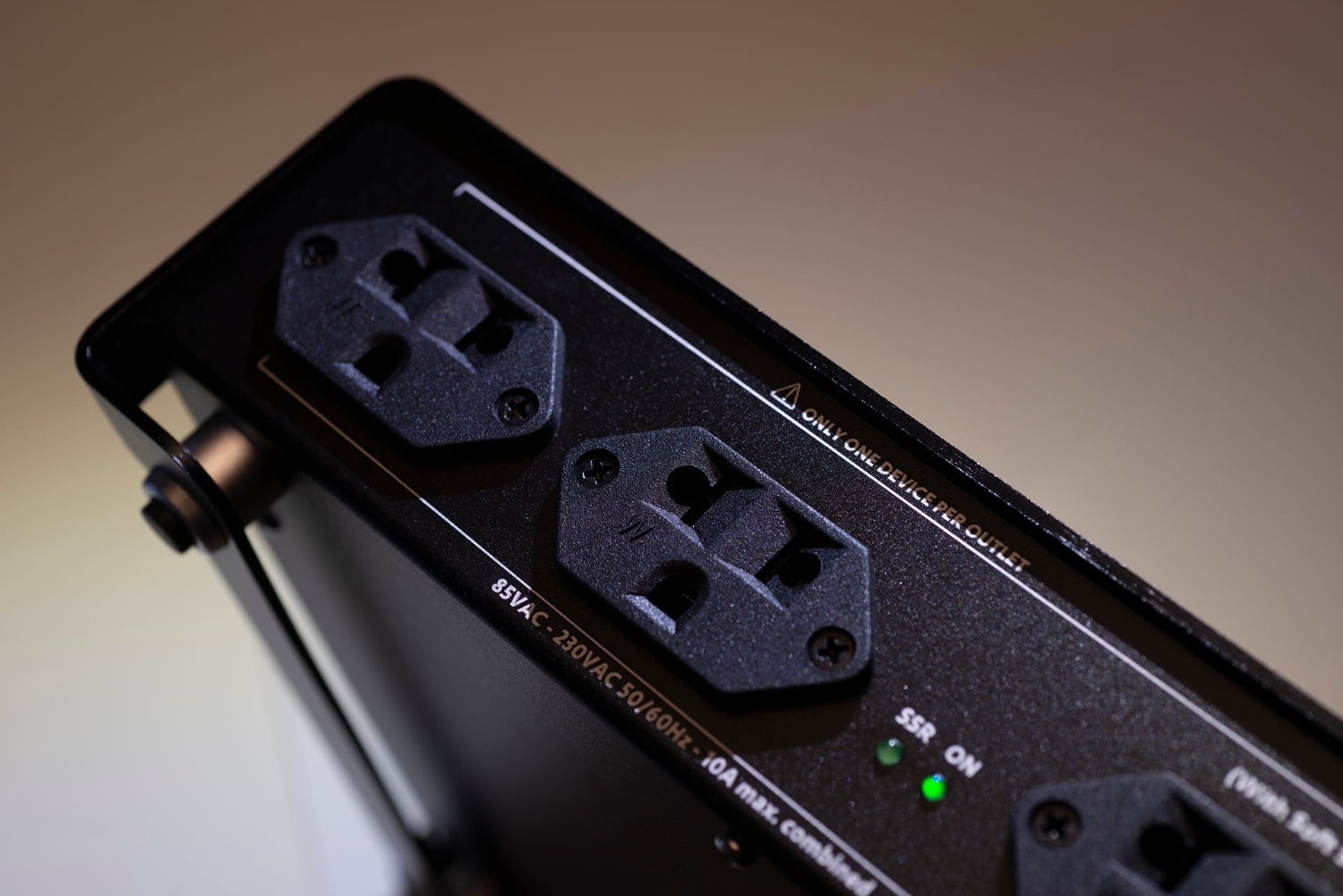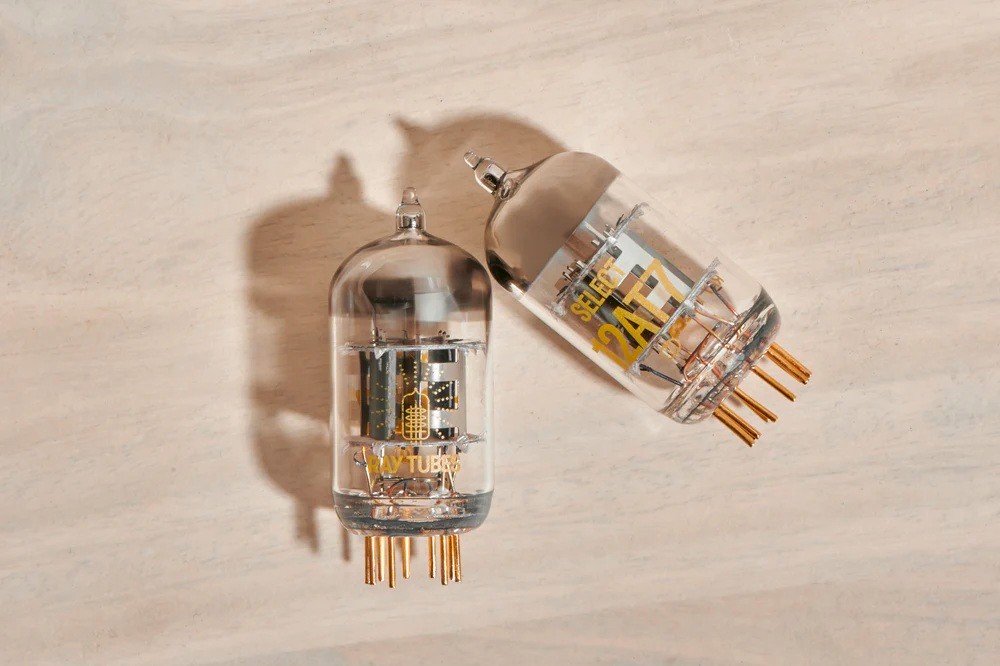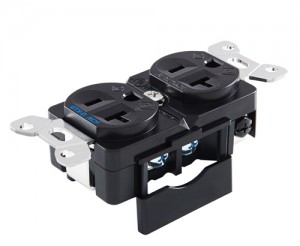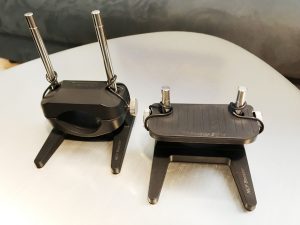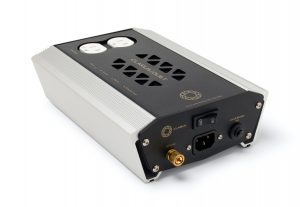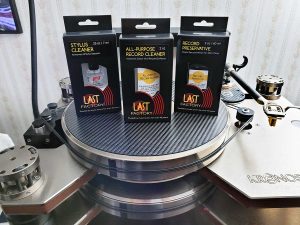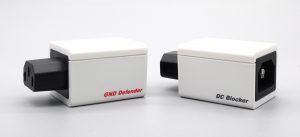At my old place, I had a plethora of audio-related problems, not the least of which was with AC power. An early 80s house, it was reasonably well built, but almost everything in the home was contractor grade, and not everything employed the best construction practices. I first noticed I had an issue when my subwoofers would randomly start humming, often very loudly. It took a while to diagnose that I had a DC leakage problem (of undetermined origin), and the affordable solution was an Emotiva CMX-2 common mode filter. Built like a tank for $129, it totally solved all my DC issues. And at that point, I hadn't really graduated to a level of equipment sophistication in my system that would be revealing of other power-related deficiencies.
When my wife and I started planning for our new home, we had a deal: she would get the cost-no-object gourmet kitchen of her dreams (she is an incredible cook), and I would get a significantly improved dedicated audio room. I initially approached a sort of "Cardas Golden ratio" model, with bare minimum inclusion of 1) near perfect dimensions; and 2) clean, dedicated power. I'd also hoped that the room would be well insulated, and possibly employ some construction practices that would improve its acoustic isolation from the rest of the house. So that it would be reasonably quiet from within and without.
This was the first house I'd ever built, and when we reached the point in the construction phase of highest importance in terms of everything happening that I wanted to happen in the listening room, the wheels came off. We found out that there were significant cost overruns in key areas, and at the worst possible time, I suddenly was unable to dedicate all the necessary time to oversee all phases of construction of the new house. So things happened in my room that weren't entirely to my liking; there was no money for all the isolation materials I had hoped to employ, and plumbing and HVAC considerations were made without my approval. The room was the right size in terms of dimensions, I did get the dedicated power I wanted, and the level of insulation I wanted. And I learned a valuable lesson, if I ever build another house: watch builders and contractors very closely, every minute of every day.
Despite all, the room's fit and finish is superb, and it's acoustically outstanding, if not as perfectly isolated and quiet as I had hoped. We've been in the house two years now, and in that time, I've made some significant upgrades in my audio equipment stack. I have a much more resolving analog setup that currently employs a Project The Classic turntable, along with a Hana SL cartridge and a Musical Surroundings Phonomena II+ phono pre with dedicated linear power supply. On the digital front, I'm currently using a custom built music server setup based on Roon, along with a Sonore UltraRendu streamer with an UpTone Audio linear power supply. The biggest upgrade, however has been the addition of the PS Audio Stellar Gain Cell DAC, which also serves as my fully-functional balanced preamp. It feeds all my source signals to my pair of Emotiva XPA-1L Class A mono amplifiers, and the level of improvement in my system's resolution is shockingly good.
I'm also using Roon's DSP features to bit-perfectly convert all my 44.1-based files to DSD 128—the resulting sound is surprisingly good. I've played about with this for a while, and I've also started using Roon's Headroom compensation feature, which lowers the overall volume by a user-set amount. The purpose is to help minimize the possibility of system overload, and to also help free up resources for complex system calculations during the conversion. The net result is that the overall volume of digital sources is more closely akin to that of my LP playback, so I typically listen (at what I consider very reasonable levels) with the PS Audio GCD set at somewhere between 55 - 70 on the visual scale, which typically approximates about 80dB or so (sometimes much louder!) So, in essence, you're really cranking the volume, which allows one to more easily observe any power line noise that might be present.
Along with that increase in performance and resolution my system has also become much more revealing—especially of any noise present in my dedicated power lines. The new dedicated outlet setups are wired with 10 gauge heavy-duty Romex, connected to hospital grade outlets (audiophile electrical outlets coming very soon), with all on 20-amp arc-fault breakers at the electrical panel. On the right and left of the listening room rear wall are one outlet each for the mono power amplifiers; in the center of the room there's a quad-plex outlet setup designed for connection of all sources. My initial plan was to just wire everything directly to the new outlets, but several things happened that sent me in a different direction.
More revealing system also reveals the noise
I started noticing—especially when listening to digital sources—at reference levels (translation: loudly), I could hear some faint "electrical hash" in the background during quiet passages. The sort of noise that I was probably just oblivious to with my older equipment. And while I would have liked to have been able to spring for a really nice power conditioner or regenerator, ala PS Audio—financially, that was out of the question. I took a more pragmatic approach, especially after a handful of email exchanges with Gordon Rankin, where we very casually talked about various schemes of providing power to one's system. Gordon suggested that while my idea of having separate, dedicated power streams for all my equipment came from a good place, it actually was better to have everything connected to the same source breaker. To effectively minimize the possibility of any ground loops or other equipment-induced power issues. Get a good power conditioner (like one from the AudioQuest Niagara series—way too expensive) and connect everything to it.
So, I ended up getting an eleven-outlet Furman unit, and the process of experimentation began. I already had the Emotiva CMX-2 conditioner, but it only had two outlets, and was designed more for use with power amplifiers. I experimented with the combination of the two, eventually just going with everything hooked up to the Furman unit that was attached to the quad-plex outlet setup in the center of the room's rear wall. There was surprisingly less noise when listening to all sources; I was pretty happy.
But then I started reading a lot of recommendations about equipment connected to power conditioning equipment. With many of the opinion in particular that direct connection of power amplifiers to wall outlets significantly bettered their performance, and that connection via a power conditioner might limit the amplifier's abilities during current peaks. I hadn't noticed anything to give me reason for concern, but I also couldn't see the harm in playing about with the connections for a while. I also started seeing bits here and there about the iFi AC iPurifier, and the magic brought to your system by simply inserting a few of the devices into your power configuration. Claiming cleaner, blacker musical backgrounds, I was most definitely intrigued; a couple of emails later, Lawrance Lee of iFi agreed to send me a pair of the devices for evaluation in my system.
The AC iPurifier is not exactly a power line filter; it actually employs very complex active circuitry that samples the noise content present in your power line, replicates it in opposite phase, and recombines it with the original signal. This serves to effectively cancel that spectrum of AC noise, reducing the overall level of AC power noise appearing in your music playback by as much as 40 dB (or more, depending on the system and number of devices in use). Kind of like noise-cancelling headphones on steroids, to a certain extent. This is, in fact, an oversimplification of how the circuitry in the iPurifier works, and for more detailed info, there's a really well-written white paper available on iFi's website. According to iFi, active circuitry is much more effective at removing noise than passive circuitry.
Enter the iPurifier
The iPurifier is a smallish cylindrical device, measuring approximately 1.5 inches x 4 inches, and weighs a little over 4 ounces. It employs a metal chassis that's attractively encased in white polyurethane plastic, with heavily-plated, three-prong connectors on one end (international versions are available). The opposite end display includes two LEDs; one for earth ground and one for absolute polarity. Yes, the iPurifier can detect if your system is improperly grounded or connected out of phase. LEDs glowing all green is all good; if either LED glows red, then there's a definite connection problem. In the event of a ground loop, or lack of earth ground, there's a smallish circular white cap on the face of the unit; removing it reveals a 3.5mm plug connection where you can insert a wire to create your own earth ground to try and resolve an issue. According to information on the iFi website, the AC iPurifier also can aid in surge protection for your equipment, although, I personally would definitely invest in a more secure surge suppression device. But for $99 USD each, it's a pretty remarkable representation of high-tech.
There was a bit of a mix up at iFi regarding the time frame of getting the equipment to me, and when it finally arrived, the box only included one iPurifier, not the two Lawrance and I had agreed upon. After another period of weeks and weeks and numerous email exchanges, a second unit finally arrived. The first unit arrived brand new and perfectly pristine out-of-the-box, the second unit showed up repackaged, with a pretty beat-up, multiple-marked exterior. Anyway, functionally, the second unit seems to work fine, just a little worse for the wear—possibly at the hands of another reviewer!
Two iPurifiers is better than one!
Having just the single unit for about a month, I experimented radically with its placement, and to be honest—I couldn't hear much, if any, of a difference. Hence, my numerous insistent contacts with iFi that they send me a second unit! When it finally arrived, I then, again, radically experimented with placement of the two units and connection schemes for all my equipment. iFi suggests that if you're using some sort of power conditioner—or a glorified power strip—to place one of the iPurifiers in the first outlet of the strip. And then the second (or multiple) iPurifier(s) in an outlet that separates either your power amp(s) from your source equipment, or in between analog and digital sources. Or you could place the first device in the wall outlet, then place additional iPurifier(s) in your conditioner or strip as outlined above.
Three outlets on the Furman unit are powered on continuously, and the remainder are switch controlled, although I leave all equipment powered on 24/7/365. So, for a while, I connected an iPurifier in the first position of the unswitched row of outlets on the Furman, followed by both power amplifiers. And I connected the other iPurifier in the first position of the switched row of outlets, followed by all the source equipment. I left things like this for about a week before I did any seriously critical listening.
I think I'm learning that the effect of the iPurifier is more cumulative in nature than immediate; whereas, simply plugging the device in and taking a listen, tends to result in, say—uh, meh. Not much going on. But walk away from your system for a week or so, and listening seems to reveal that maybe there's a little more going on than meets the eye, er—ears! But unplug one or both iPurifiers—quite a difference. The deeper, blacker background you've so been enjoying reverts to something a bit more congested. And noisy.
And even though I wasn't specifically experiencing any playback problems—with regard to my amps seeming to be running out of gas during full forte orchestral passages—I decided to futz about some more with placement of the iPurifiers. And this is where I discovered pure gold—at least for me. Remember that I still had that Emotiva CMX-2 unit lying about—I disconnected both iPurifiers from the Furman unit, then reconnected everything to the quad outlet in the center of my room's back wall. With an iPurifier in each top (power input) position of each wall outlet, I then connected the Furman unit to the left bottom outlet, and the Emotiva to the right bottom outlet. With all the sources connected to the Furman, and both power amps connected to the Emotiva CMX-2. Walked away for about a week, and, voila—show me the magic!
With two iPurifiers in my system, this is definitely the silver tuna, and the iPurifiers deliver as advertised. There's a definite decrease in background electrical hash in my system—especially obvious with digital sources—backgrounds are exceptionally quiet. With my typical preferred volume level, the Musical Surroundings Phonomena II+ phono preamp gently hisses, and that serves to help conceal any noise that might be present, making it a bit harder to hear the full benefit. With digital, there's no denying the improvement.
What really has me thinking here, is—how great could my system sound, with maybe two more iPurifiers in place? One ahead of the analog equipment attached to the Furman, and the other ahead of the digital sources. I can't help but believe that the transformation would be nothing short of exceptional. At $99 USD each, they're a very cost-effective way of making your system much more musical—but as the quantity of units goes up, the price starts getting, well, maybe a little out of my comfort zone. I love the two that are currently in my system—and don't believe that there's any possibility of going back—but I also can't help but wonder if another two units would make a serious difference. That's almost $400, and the Furman unit only cost $150—plus the $129 for the Emotiva—it starts adding up quickly. Of course, none of it approaches the cost of the entry-level PS Audio power regenerator, whose $2000 MSRP is way beyond my comfort zone! We need some lotto bucks to make that leap of faith.
Conclusion
At $99 each, the iFi iPurifier is definitely the real deal; however, I would encourage you to at least get two of them to really hear a significant shift in the noise spectrum. And allow them ample time to work their magic. After the first two clear out most of the major hash, any additional units would have a narrower spectrum of noise to address, and—theoretically—could provide a serious benefit for not too much extra jack. While, at first, I probably looked at these units with a bit of, shall we say, suspicion—it's now obvious to me that the effect they provide is totally grounded (pun intended) in real science. Very highly recommended!
Specifications
- Noise Reduction: Greater than 40dB
- Surge Protection: max. 30,000A @ 1,000V/10uS
- Operating Voltage: 90V – 265V
- Dimensions: 40mm x 105mm
- Weight: .24 lbs
- Warranty: 12 months
iFi AC iPurifier
Retail: $99 (USD)
iFi Audio
All images courtesy of iFi and the author




